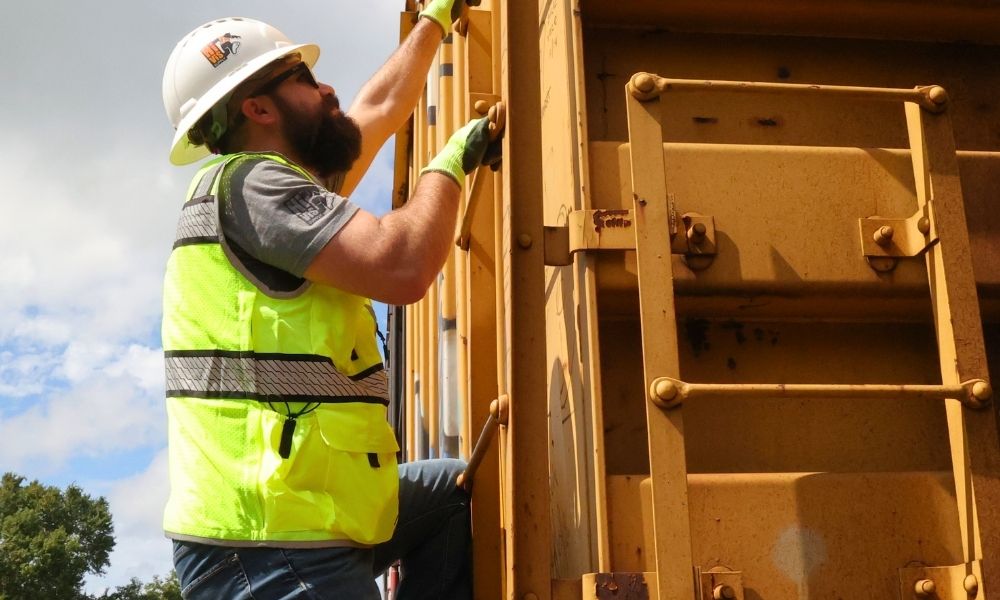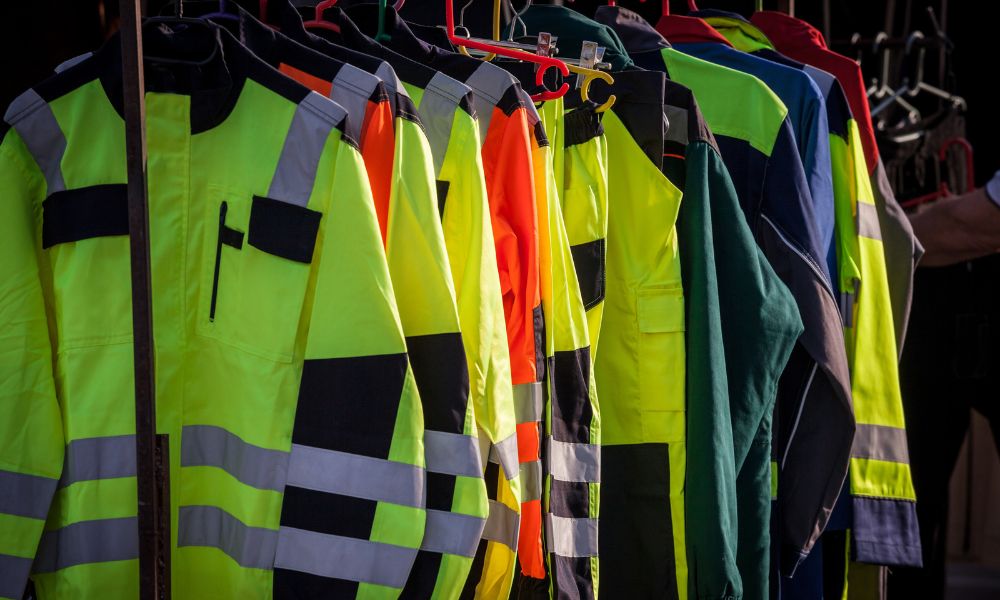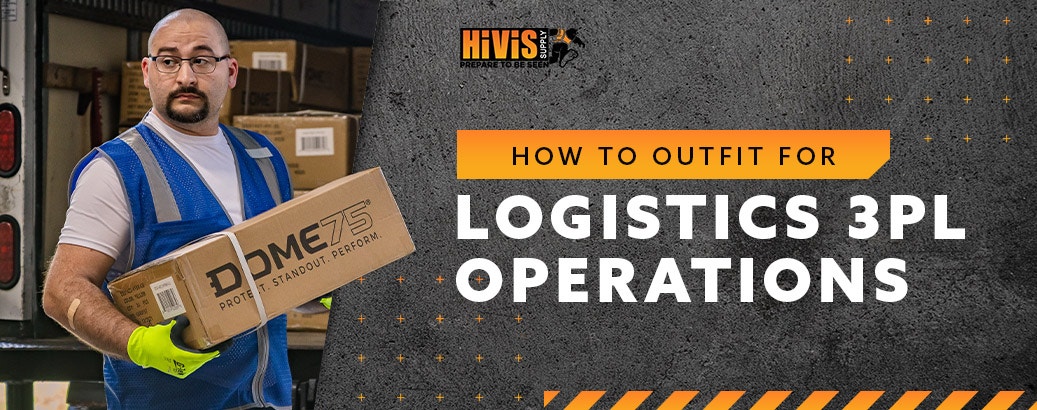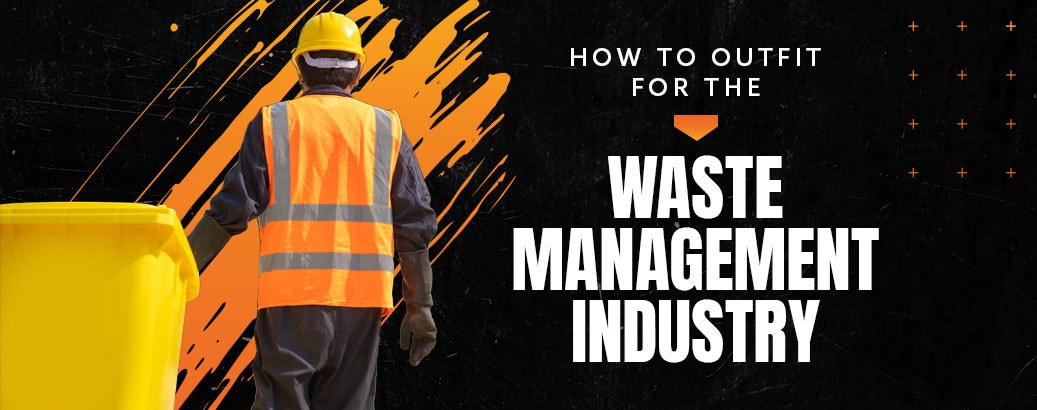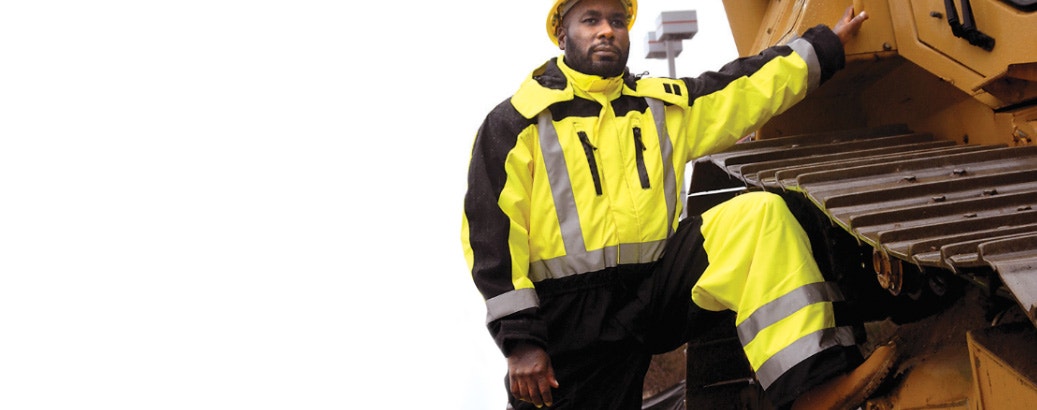About Hi-Visibility Clothing
- Nov 14, 2012
Construction workers and emergency services personnel, along with cyclists and joggers most commonly wear high-visibility clothing. You can find high-visibility clothing in most stores and catalogs that sell work wear or bicycle equipment. Such hi-vis apparel enables people to see the wearer in poor lighting conditions or while on the job, to prevent accidents. One of the most traditional forms of this product, a fluorescent orange or yellow vest with reflective stripes, makes the wearer stand out at night.
In the 1930's, 3M realized that spherical beads that made the silver screen silver could create a reflective strip of paint, and then tape. In 1968, brothers Hugh and Bill Rowland at the Reflexite company began processing reflective sheeting using small cube-cornered prisms, instead of spheres. Both shapes remain in use to this day.
The fluorescent color makes the wearer visible during the day, while the reflective strips make it more likely the motorists will see him at night, increasing his safety. A 2004 paper in the British Medical Journal showed that motorcyclists were 37% less likely to be in an accident when wearing fluorescent and reflective clothing. And, according to high-visibility vest seller ICU-UCMe, nighttime motorists see a vest wearer approximately three seconds earlier than they see someone not wearing a vest. Emergency services personnel wear high-visibility clothes to be clearly seen in dark or smoky conditions.
High-visibility clothing comes in three classes, determined by the American National Standards Institute and International Safety Equipment Association (ANSI/ISEA). Class I garments, typically worn by parking lot attendants, attract motorists' attention, while Class II garments meet higher visibility needs, with employers typically providing them for people such as airport baggage handlers. Class III, the most effective type, ranks as the highest visibility clothing, often used by emergency services.
This article came from Effectiveness of High Visibility Clothing by Ishbel Macleod, eHow Contributor updated: July 06, 2010
 |
| ANSI Class 3 Lightweight Waterproof Rain Jackets |
In the United States, high-visibility safety clothing must meet standards created by ANSI/ISEA, which mandate as of 2010 that "a garment's background material, and retro reflective or combined-performance material, must be tested and certified by an independent, accredited third-party laboratory." Makers of such clothing must verify and certify that the apparel meets the standards.
In the 1930's, 3M realized that spherical beads that made the silver screen silver could create a reflective strip of paint, and then tape. In 1968, brothers Hugh and Bill Rowland at the Reflexite company began processing reflective sheeting using small cube-cornered prisms, instead of spheres. Both shapes remain in use to this day.
The fluorescent color makes the wearer visible during the day, while the reflective strips make it more likely the motorists will see him at night, increasing his safety. A 2004 paper in the British Medical Journal showed that motorcyclists were 37% less likely to be in an accident when wearing fluorescent and reflective clothing. And, according to high-visibility vest seller ICU-UCMe, nighttime motorists see a vest wearer approximately three seconds earlier than they see someone not wearing a vest. Emergency services personnel wear high-visibility clothes to be clearly seen in dark or smoky conditions.
High-visibility clothing comes in three classes, determined by the American National Standards Institute and International Safety Equipment Association (ANSI/ISEA). Class I garments, typically worn by parking lot attendants, attract motorists' attention, while Class II garments meet higher visibility needs, with employers typically providing them for people such as airport baggage handlers. Class III, the most effective type, ranks as the highest visibility clothing, often used by emergency services.
Hi-Vis Supply can serve all of your hi-vis apparel needs including the Black Series Windbreaker by ML Kishigo.
This article came from Effectiveness of High Visibility Clothing by Ishbel Macleod, eHow Contributor updated: July 06, 2010


